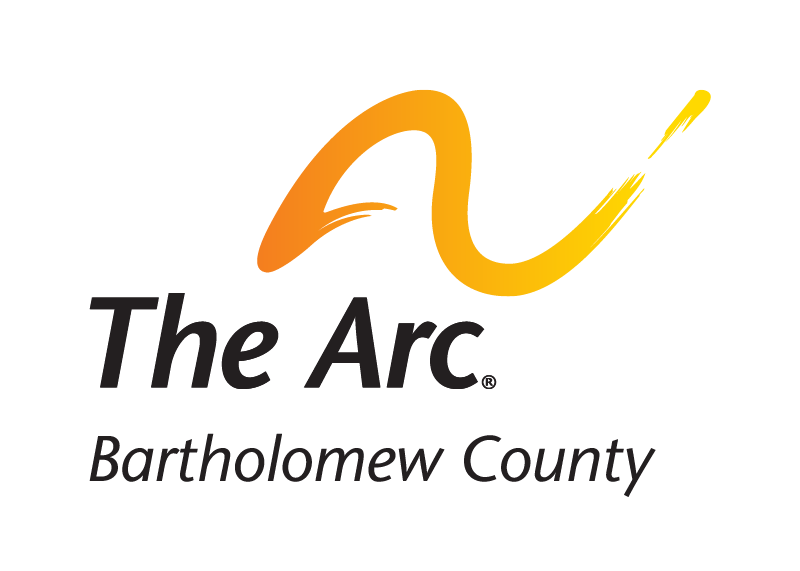Developmental Monitoring, Screening, & Milestones
There are many tools to track your child’s development. Understanding the differences and similarities between developmental milestones, monitoring, and screening help you make sure your child is developing on time.
Developmental Milestones
Parents marvel when their child takes his or her first steps. Walking for the first time is an example of a developmental milestone. While movement and physical milestones, like walking or crawling for the first time, are the easiest to see, there are other types of milestones that are equally important.
Social and emotional milestones let you know that your child is beginning to understand his or her relationship to others. When your child a newborn, smiling at people lets you know that they’re beginning to experience emotions. Language and communication milestones show that your child is learning to make sounds and interact with others. Cognitive milestones deal with how the child is learning and thinking.
Experts have determined guidelines for how soon a parent should expect their child to achieve these different skills or perform certain actions. As a parent you should pay attention to your child’s development so you’ll know if they’re on track or might need extra help to meet expected milestones.
Some intellectual or developmental disabilities don’t have physical symptoms, so tracking developmental milestones gives you an opportunity to find out early if your child may have a disability that affects their development. If your child is missing developmental milestones, then it’s important to get help sooner rather than later.
Centers for Disease Control and Prevention (CDC) Resources about Developmental Milestones
The Centers for Disease Control and Prevention (CDC) website contains a wealth of information about developmental milestones by age. You can also save and print the developmental milestone checklist (pdf) document if you’d prefer a physical copy.
The following links from the Centers for Disease Control and Prevention (CDC) explain each milestone in text and has pictures and videos to illustrate developmental milestones:
Developmental Monitoring
Development monitoring is the process where you compare your child’s physical and mental development to expected developmental milestones. Developmental delays, or missing developmental milestones, may indicate that a child needs more help or might have a development disability.
Every child develops at a slightly different rate. Many children, for example, begin walking when they’re about 18 months old. Some children walk much sooner and some take a little bit longer. Don’t worry if your child doesn’t meet every developmental milestone exactly when they’re expected to. If you notice that they’re regularly missing milestones, though, then you may need some extra help so they don’t fall behind.
Centers for Disease Control and Prevention (CDC) Developmental Monitoring Smartphone App
If you prefer a technology-based approach to developmental monitoring, then you might want to use a smartphone app (application) to track your child’s development. The Centers for Disease Control and Prevention (CDC) provides a free smartphone application for tracking your child’s progress on developmental milestones.
Developmental Screening
Developmental screening is a process where someone trained in child development makes formal observations at specific points in a child’s life. Some intellectual and developmental disabilities cannot be determined through medical tests, like blood or genetic tests.
Autism Spectrum Disorders (ASD) are diagnosed, in part, through observational testing or tests about what professionals or people close to the child notice about the child’s behavior and development. This is one of the reasons adults get diagnosed with Autism Spectrum Disorders (ASD) later in life and it’s especially common for individuals with Autism Spectrum Disorders (ASD) when they appear to be neurotypical. However, with developmental screening and developmental monitoring caregivers and medical providers can diagnose Autism Spectrum Disorders (ASD) when the child reaches 18 months or even earlier.
The Centers for Disease Control and Prevention provides detailed information about developmental screening, an excerpt is shown below:
Developmental screening takes a closer look at how your child is developing. Your child will get a brief test, or you will complete a questionnaire about your child. The tools used for developmental and behavioral screening are formal questionnaires or checklists based on research that ask questions about a child’s development, including language, movement, thinking, behavior, and emotions. Developmental screening can be done by a doctor or nurse, but also by other professionals in healthcare, community, or school settings.
Developmental screening is more formal than developmental monitoring and normally done less often than developmental monitoring. Your child should be screened if you or your doctor have a concern. However, developmental screening is a regular part of some of the well-child visits for all children even if there is not a known concern.
The American Academy of Pediatrics (AAP) recommends developmental and behavioral screening for all children during regular well-child visits at these ages:
• 9 months
• 18 months
• 30 months
In addition, [the American Academy of Pediatrics] AAP recommends that all children be screened specifically for [Autism Spectrum Disorders] ASD during regular well-child doctor visits at:
• 18 months
• 24 months
• Additional screening might be needed if a child is at high risk for [Autism Spectrum Disorders] ASD (e.g., having a sister, brother or other family member with an [Autism Spectrum Disorder] ASD) or if behaviors sometimes associated with [Autism Spectrum Disorders] ASD are present.
If your child is at higher risk for developmental problems due to preterm birth, low birthweight, environmental risks like lead exposure, or other factors, your healthcare provider may also discuss additional screening. If a child has an existing long-lasting health problem or a diagnosed condition, the child should have developmental monitoring and screening in all areas of development, just like those without special healthcare needs.
If your child’s healthcare provider does not periodically check your child with a developmental screening test, you can ask that it be done.

